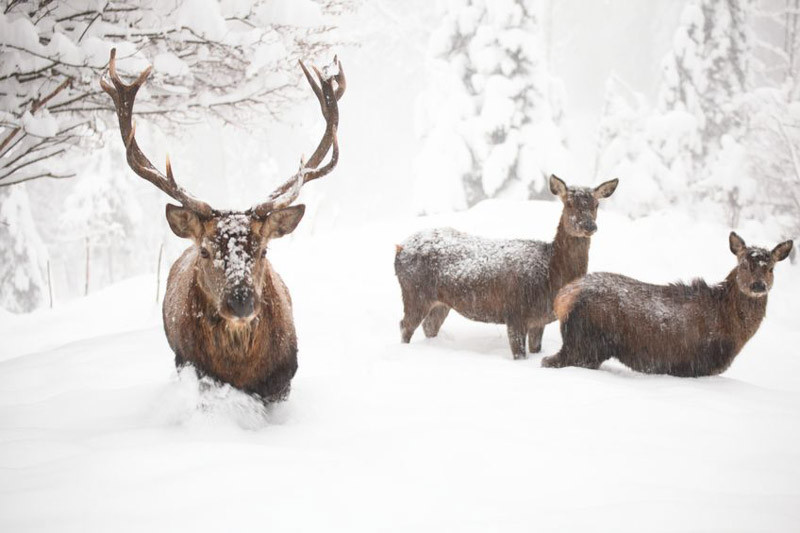Hardiness Zone 2 - The Best Plants to Grow in Your Garden
USDA Hardiness Zone 2 is one of the coldest regions in the United States, with average minimum winter temperatures ranging from -50°F to -40°F (-45.6°C to -40°C). This challenging climate presents unique considerations for gardeners and landscapers, as not all plants can survive the extreme cold and short growing season. However, by selecting appropriate plant varieties and employing specific gardening techniques, it is possible to create beautiful and thriving landscapes in Zone 2.
Native plants, which have evolved to thrive in the local climate, are often the best choice. Some cold-hardy trees, shrubs, and perennials that can be grown in Zone 2 include:
- Trees: American Basswood (Tilia americana), White Spruce (Picea glauca), and Paper Birch (Betula papyrifera).
- Shrubs: Serviceberry (Amelanchier alnifolia), Juniper (Juniperus communis), and Nanking Cherry (Prunus tomentosa).
- Perennials: Lady’s Slipper Orchid (Cypripedium reginae), Creeping Phlox (Phlox subulata), and Drumstick Primula (Primula denticulata).

